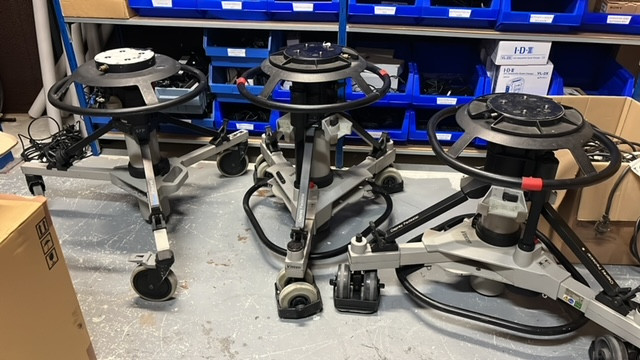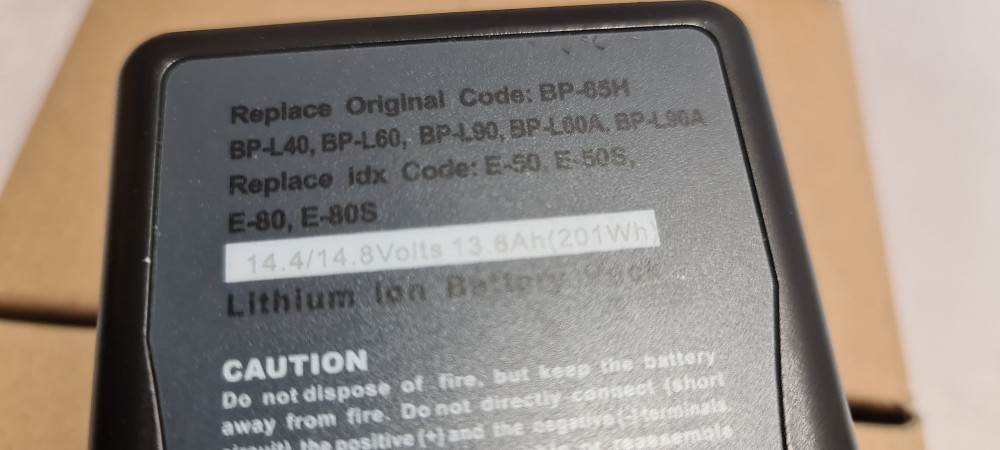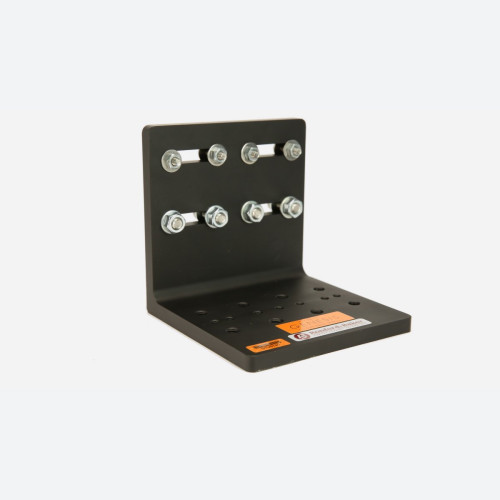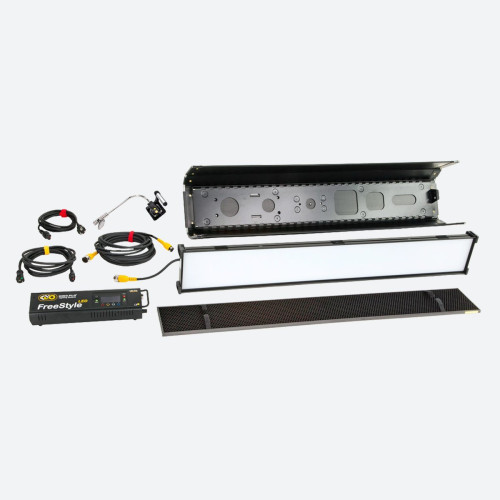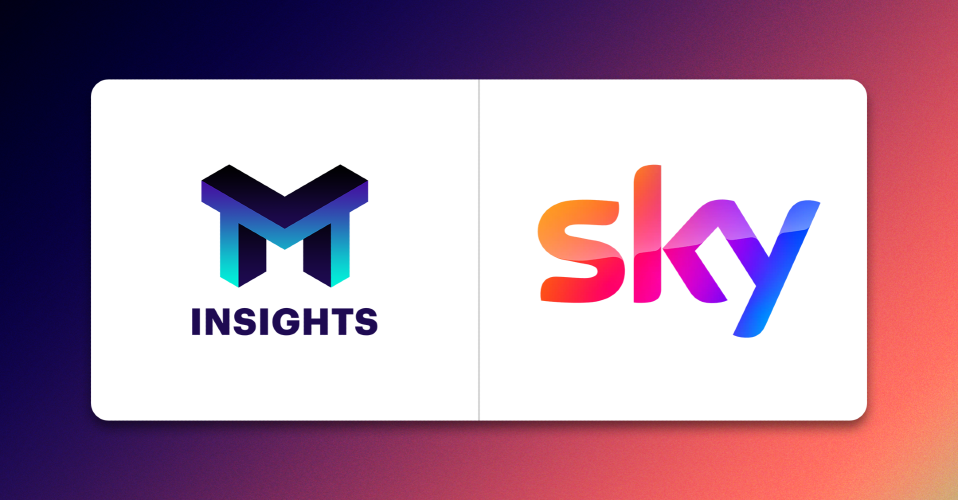By Chris McCarthy, VP Media Solutions at TMT Insights
The Media and Entertainment technology industry continues to evolve in its journey from on-premises infrastructure and workflows to the cloud-native landscape notably described in MovieLabs’ 2030 Vision whitepaper. Most major studios and content creators have adopted the cloud for some portion of their downstream supply chain (e.g., finalized media asset processing, archiving, and distribution) and are seeing efficiencies in the form of cost savings (inexpensive, long-term storage with no data center overhead) and scalability (delivering thousands of media assets to distribution endpoints in record time). However, the further you look upstream in the media supply chain (e.g., production, post-production, mastering), the more likely you will see workflows still reliant on on-premises infrastructure and hardware. The slower, manual processes involved impact how quickly a piece of content gets completed or delivered. For example: many productions still physically shuttle media around on camera cards and external hard drives, which requires teams to wait for footage from the field. These delays can affect critical subsequent workloads.
However, significant strides in camera-to-cloud technology from Sony, Adobe / Frame.io, and others are enabling production teams to transfer studio or in-the-field footage from cameras directly to cloud storage via mobile, 5G/LTE, Wi-Fi, or Ethernet. The quicker this footage is made available in the cloud; the quicker downstream processes are unlocked. Creatives can review dailies faster, producers can quickly make editorial rough cuts, and marketing teams can begin their campaigns. Migrating upstream supply chain components to the cloud not only relieves a critical bottleneck – it also affords the opportunity for collaboration in ways not previously possible. For example: Amazon’s Lord of the Rings: The Rings of Power series was produced, mastered, and edited fully in the cloud – allowing creative teams all over the world to simultaneously utilize the same footage as it was being captured on location in New Zealand.
Content security is a crucial aspect of content management, especially when you store and distribute your content in the cloud. Following best practices and guidelines, incorporating strict content security policies, actionable recommendations, and consistent team education on these policies are all essential for identifying vulnerabilities and remedying them. Fortifying cloud environments with strong security protocols ensures content is protected through all stages of the media pipeline from creation to distribution.
In MovieLabs’ 2030 vision, the two foremost principles are that “all assets are created or ingested straight into the cloud and do not need to be moved” and “applications come to the media.” As more M&E technology providers in the production and post-production space make their solutions cloud-friendly, the industry will continue to streamline the end-to-end media supply chain in alignment with that vision.
TMT Insights transforms operations for studios and content creators at any phase of their cloud adoption journey. Whether it’s a cloud optimization or migration strategy, TMT Insights partners with organizations to develop effective and sustainable transformations for success. This includes access to the Polaris operational management software platform, which offers end-to-end operational control and visibility across an organization’s global content supply chains.
TMT has accelerated the technology modernization of M&E companies such as A+E Networks, Crunchyroll, and Sky.




